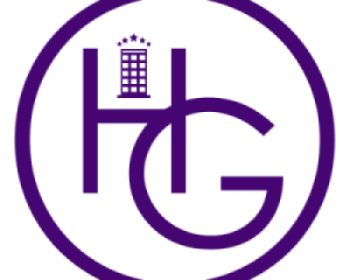Lodging Conference 2016 Recap
This past week, many of us got together at the Lodging Conference in Phoenix. The forecast, depending on who you believe, is cloudy. Aran Ryan, Director of Lodging Analytics at Tourism Economics stated that business investment and the energy sector are down and the overall economy has plateaued. Having said that, he also noted that the CEO outlook has improved, consumer spending is up, jobs and income growth have improved and household debt is down. Net worth is up due to housing and stock prices and gas prices are down.
Aran’s forecast is for GDP growth of just over 2 percent. STR’s Steve Hennis called for RevPAR growth of 2.8 percent next year while CBRE’s Mark Woodworth was even more bullish at 3.9 percent. Our call is for 2 percent RevPAR growth purely in rate with a very slight occupancy decline caused by supply growth. We believe the combination of the number of months of positive growth coupled with supply, dollar value, possible interest rate increases and international events will lead us to a “soft landing” in 2017. Some markets will outperform this and those include markets we operate in such as Arizona, California and Colorado, but many markets will have negative RevPAR growth.
Consolidation was a hot topic of conversation during the conference. CEOs were fairly unanimous in declaring there would be more consolidation, with Jim Abrahamson of Interstate Hotels & Resorts stating that we might see more influence from China. We completely agree with Jim as we are seeing that influence in our own deals, particularly in Southern California.
All in attendance agreed that lending was tightening and that would decrease concerns about over supply. Other subjects that were tackled included the frequently discussed Airbnb and OTAs. Most attendees seemed to feel that both are impacting lodging performance and will continue to do so, but there was surprisingly little talk of other companies that might impact lodging going forward. Such companies include goliaths like Google that could make an immediate impact on the fray.
Interestingly, two CEOs felt that the minimum wage increase was a non-factor in lodging performance going forward. That was a real shocker to us, considering that the increases are double digits per year just as revenues are starting to slow and other headwinds are becoming noticeable. Another intriguing takeaway is that new supply is coming in the upscale and upper midscale area, neither of which traditionally has meeting space. This could allow full-service hotels to have more value as they will not have any new competition for meetings going forward.
The bottom line is that RevPAR growth is slowing, largely due to corporate demand flattening, alternative lodging options expanding and a stronger U.S. dollar. New supply is not likely to be the culprit that impacts this upcoming cycle. Hence, our forecast is for no recession but we do foresee a soft landing of a 2 percent increase in RevPAR. Other likely results going forward include increased capitalization rates which will reduce hotel values along with a decrease in net income from rising labor costs. Eventually, this might invigorate the slow transaction volume occurring today due to the delta between buyer/seller perception of values.
What does this mean to owners? If you are in a good market with an asset that is strong (good brand, location and property condition) then you should hold unless preparing to retire. If you have a lesser quality asset and in a market that is still growing, either sell or upgrade the asset quickly. Relatively low interest rates will likely be around throughout 2017 so there should be a market to sell your hotel—seek a quality advisor for your exit. We are always happy to recommend one.





